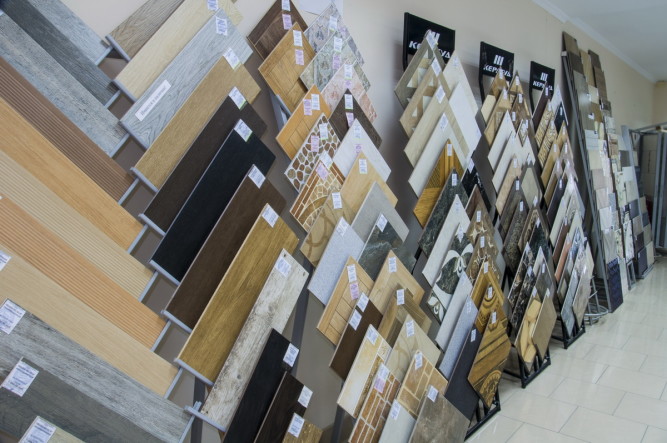How to cook grout for tiles: different ways
If the repair is carried out in a limited budget, you will need knowledge of making grout from improvised means, example, of gypsum. There are many recipes, so choose the most suitable specifically for your situation.
Mastic is easily prepared from improvised means
What properties should have a grout
The fugue is designed to protect the seams between the tiles from moisture and dirt. Therefore, even homemade mastic must meet certain requirements.
Of course, zatirka, made with their own hands, will be different from the factory, however, quite capable of replacing the purchased.
High-quality grout has the following properties:
- Elasticity. Mastic is easily distributed on seams.
- Strength. After drying it does not crumble, under mechanical impact and cleaning is not destroyed.
- Freezing time. Remains in a suitable consistency for a long time.
- Decorativeness. The grout should not spoil the overall look, therefore it is recommended to make a colorless mixture or add a suitable coloring pigment.
- Water resistance. Should not be washed away from constant contact with water, this is especially important, when it comes to the bathroom.
- Availability in cleaning. With regular care, the filling of the seams should not deteriorate due to contact with chemicals or under the influence of abrasives and hard tools.
Decorative mashing plays an important role
Types of purchased mixtures
- Cement joint is a common type, consisting of Portland cement and other additives. According to the principle of this composition, the usual solution is prepared to fill the seams on the tile.
- Latex - a modified kind of mash. Polymeric components improve water-repellent properties. Available in color and gloss.
- Epoxy is often a clear viscous substance, containing pigment or supplemented with sequins. The perfect choice for glass mosaic.
epoxy grout
What to make mastic at home
You can cook with your own hands as a regular white tile grout, and make colored or even dilute with sequins. The following components are used:
- cement and sand;
- gypsum;
- alabaster;
- clay;
- lime;
- putty;
- sodium glass;
- etc.
Let's take a closer look, how to make a grout mixture from these materials.
Cement-sand
The simplest and most affordable option is to prepare a strong solution of cement and sand. In this case, mix both ingredients in equal proportions. After a little add water to the dry mixture to achieve the desired consistency.
In order not to spoil the appearance, tiled surface, it is recommended to use unusual gray cement, and white. This will be a classic grout. The sand is applied in as small a fraction as possible. To give the mass a shade, pigments or colors are used for water-soluble paints.
Cement-sand grout for joints is the simplest and most affordable solution
alabaster
Previously, this material would be found in almost every home. It is still actively used in various building mixes. This is a type of gypsum, or rather, its burnt variation.
To knead the mastic it is enough to mix dry alabaster with clean water. A plastic mass came out, easily distributed on tile joints by means of a rubber spatula. Once hardened, it hardens and reliably protects the seams from the negative effects of the environment. Dilute this material in small portions, to maintain elasticity.
Alabaster grout - plastic mass, which is easy to distribute on seams
gypsum
This material sets quickly, so you need to add more liquid to the mass. Do not cook too much grout, it is better to dilute a small amount, gradually treating each subsequent zone.
To strengthen the composition and make brittle gypsum resistant to mechanical action, add a little slaked lime as a plasticizer. The result will be something like liquid dough. This mixture will start to set after the first five minutes.
Gypsum grout is prepared in small portions, because it hardens very quickly
clay
This is another popular variation of tile grout, which you can cook with your own hands. It is made on the basis of clay dough of different colors with the addition of lime and a small amount of cement. It is very convenient to work with such mass.
In addition to these types of mastic, others can be made at home, example, grout of liquid glass with sequins. Mix these two components and get to work.
Experiment, and in case of destruction of seams you will replace mastic with purchased.



